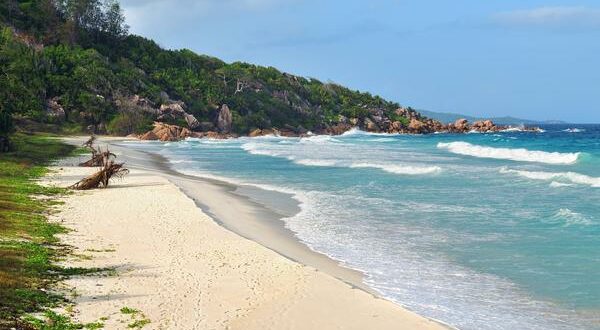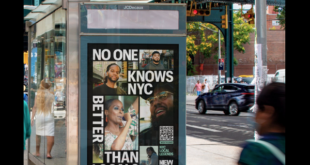[ad_1]
Signs of life are beginning to show in the travel industry as visitor numbers to destinations begin to rise.
ForwardKeys research showed that a return to normalcy began in Central America and the Caribbean in 2021 driven by pent-up demand from U.S. travelers and Europeans.
Now, FowardKeys has found that hunger has a new focus: Africa and the Middle East. The U.S. outbound market could aid recovery in the fragile tourism sector in Africa, according to ForwardKeys.
The company found that the volume of flight searches from the U.S. to South Africa has grown by 2 percent from January to February 2022. The overall volume of flight searches to South Africa for the same period is up by 30 percent.
However, interest needs to be converted into bookings in order to constitute a recovery.
International arrivals into Africa and the Middle East confirm that intent to visit is translating into arriving tourists.
In the second quarter of this year, international arrivals to Africa are at -33 percent compared to 2019 levels, above the total international outbound average of -45 percent and just behind the leading recovery region, the Americas (-27 percent).
Last year this figure was at -64 percent, so this is a marked improvement.
Shingai George, an Africa market expert who analyzed the research for a presentation at WTM Africa, noted a couple of other insights worth pointing out.
George noted that there has been a rise in travelers seeking premium-cabin-class travel and changing travel purposes.
“As we’ve seen taking place elsewhere in the world, the pent-up demand, need for more space and excess savings are driving a boom in premium-class cabin travel to Africa, just 24 percent under pre-pandemic levels,” said George.
Several destinations in Africa are already performing very well.
For tickets issued between January 1 and March 18, 2022, for long-haul travel for any time in the future versus 2019 levels, the list was dominated by West African cities and countries: Ivory Coast, Nigeria and Ghana.
The exceptions are the classic island destinations such as Zanzibar (up 33 percent), Praia in Cape Verde (up 10 percent) and Seychelles (down 2 percent). These “sun and sea” destinations have become even more popular and in demand due to the pandemic as travelers seek more natural, open spaces.
George also pointed out that most of the above-listed destinations have more frequent direct flights with the U.S. and are not only facilitating more travelers but attracting a more affluent class of travelers, too.
Travelers have are mostly visiting for leisure travel (69 percent). Business travel accounts for 12 percent of visitors and visiting friends and family is another 12 percent.
George noted that this is an exciting market and opportunity for hoteliers, tourism boards and tour operators who can tap into “Bleisure” to drive an increased number of visitors.
[ad_2]You can read more of the news on source
 Travelsmart
Travelsmart



